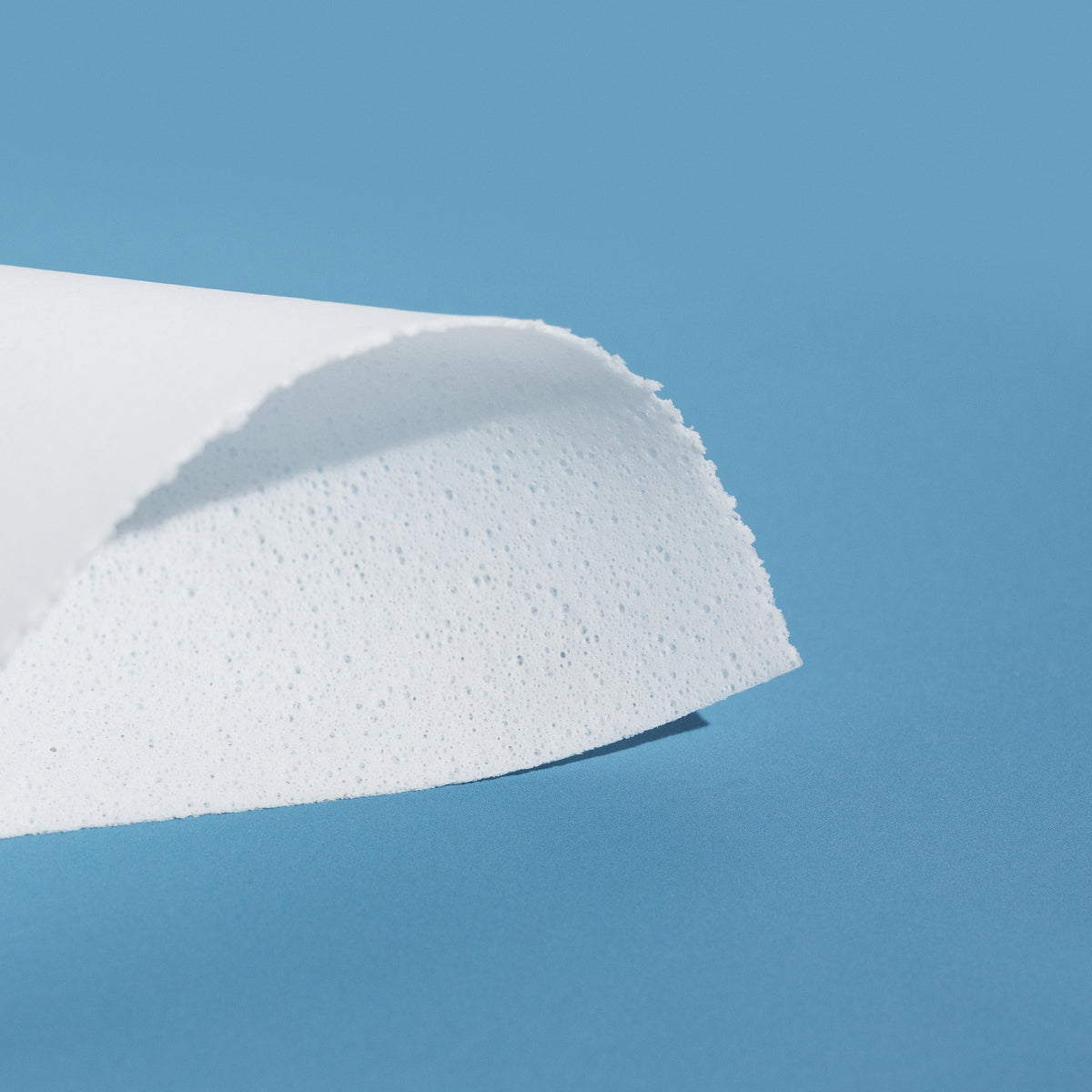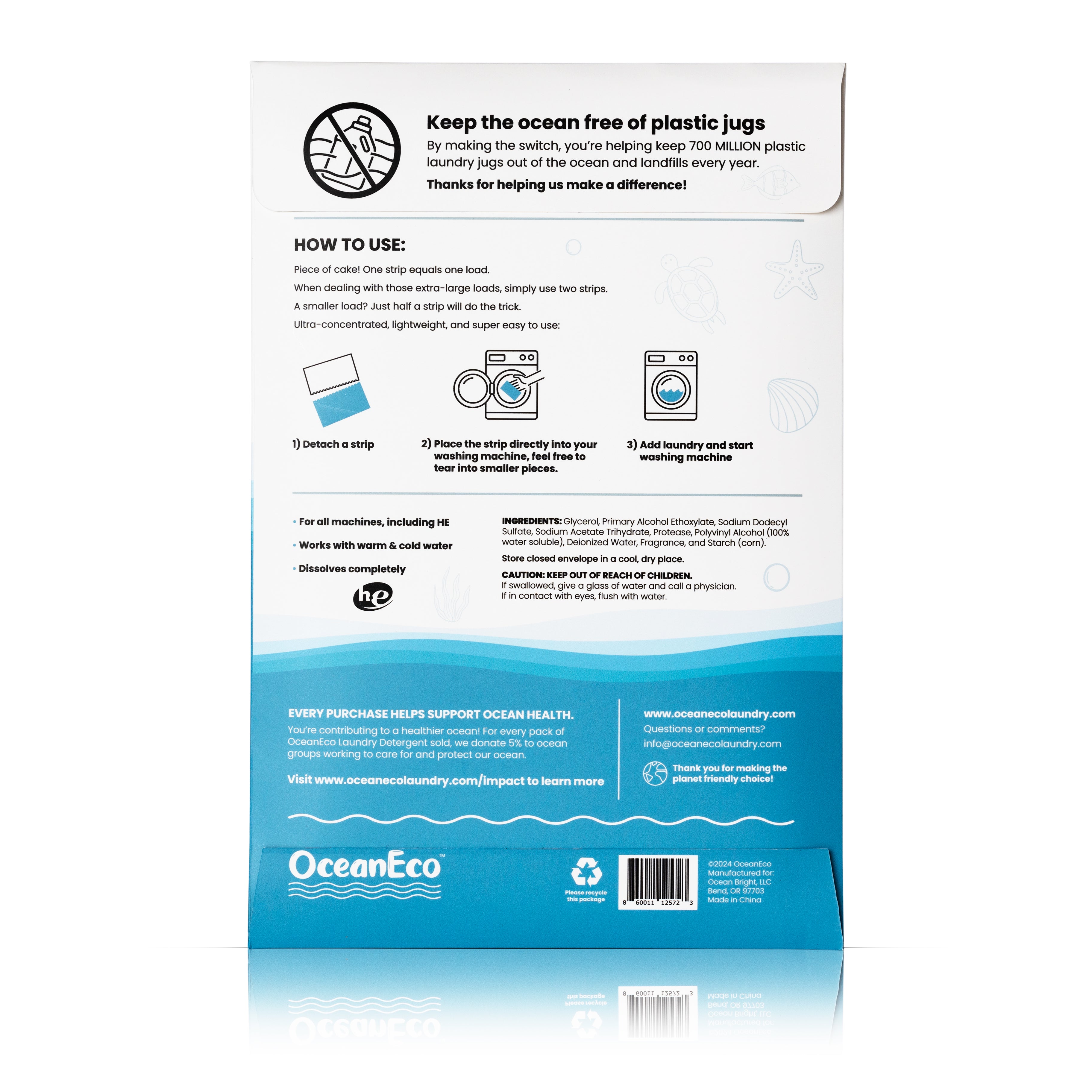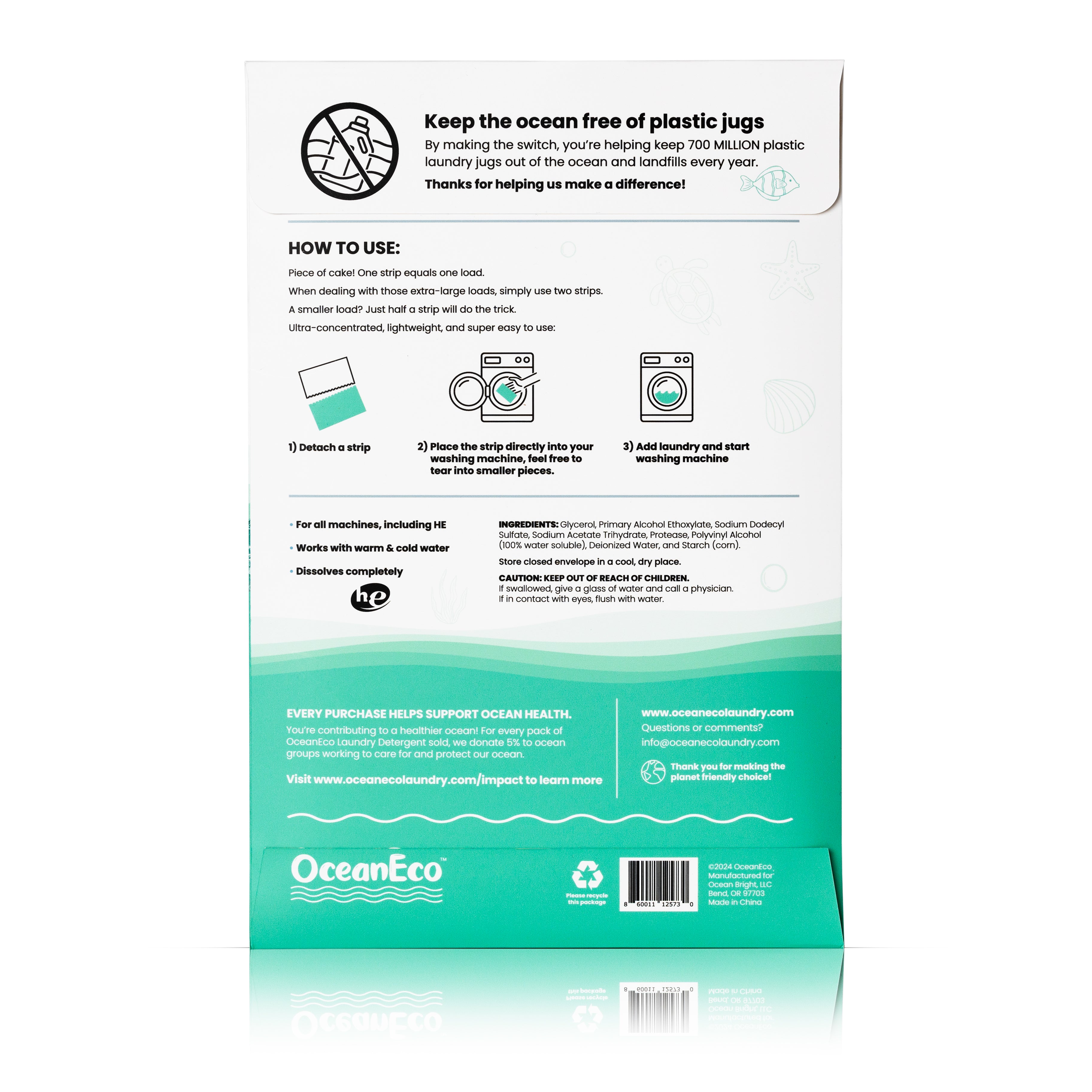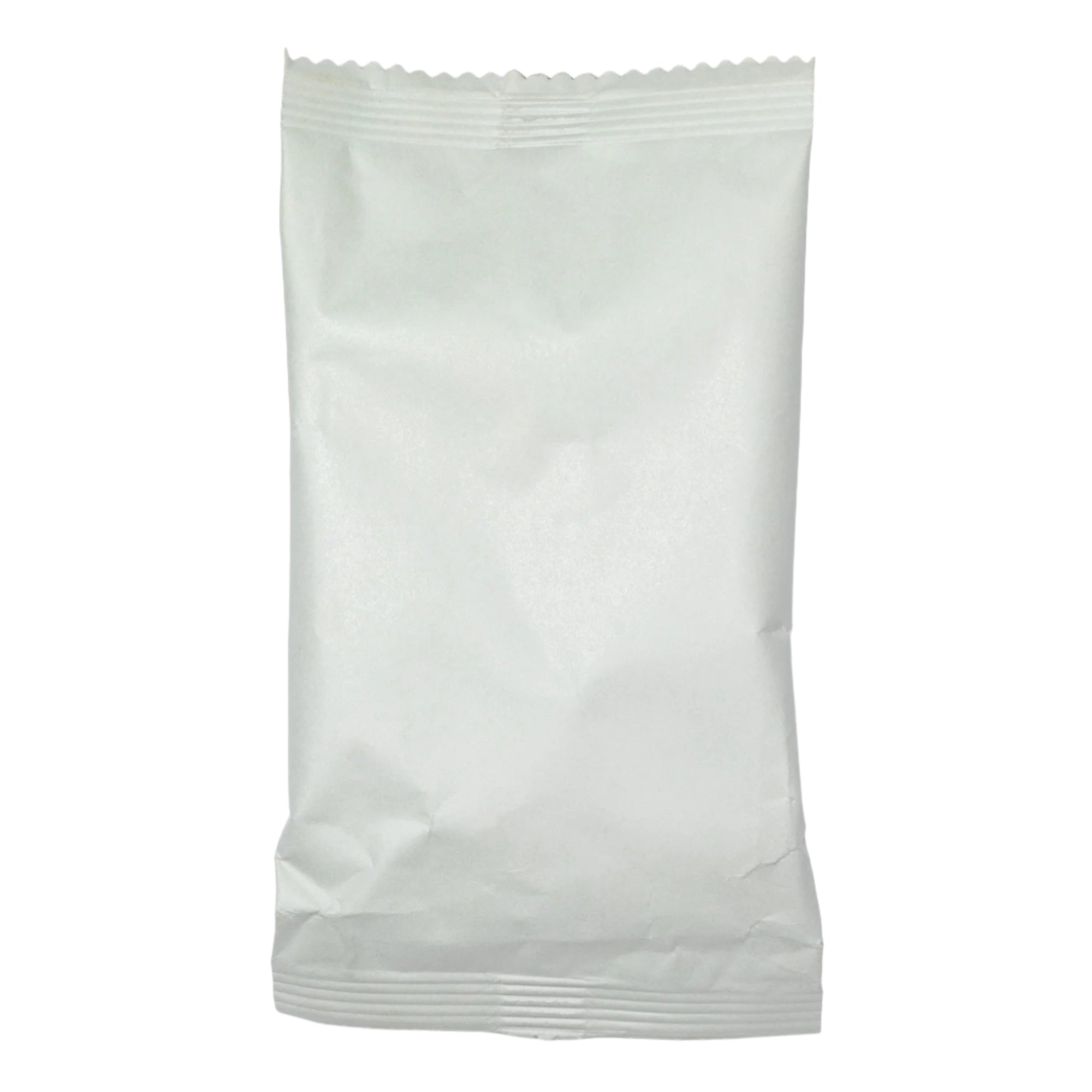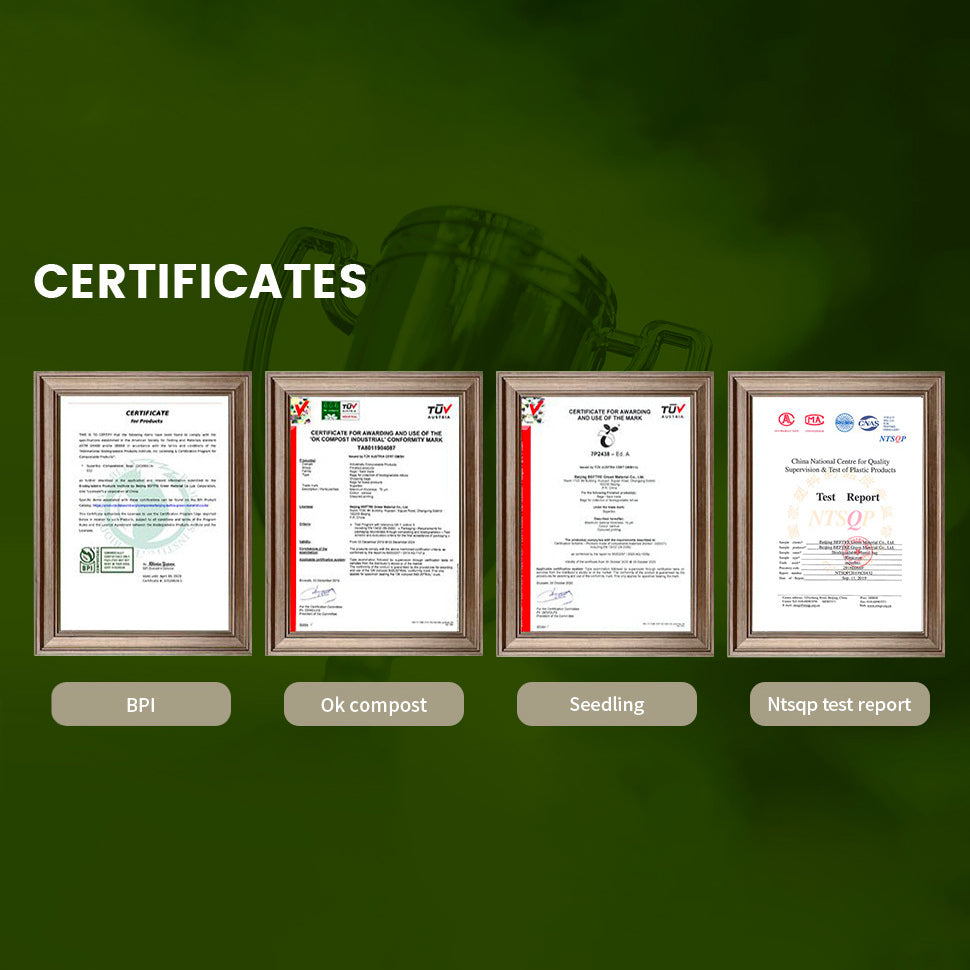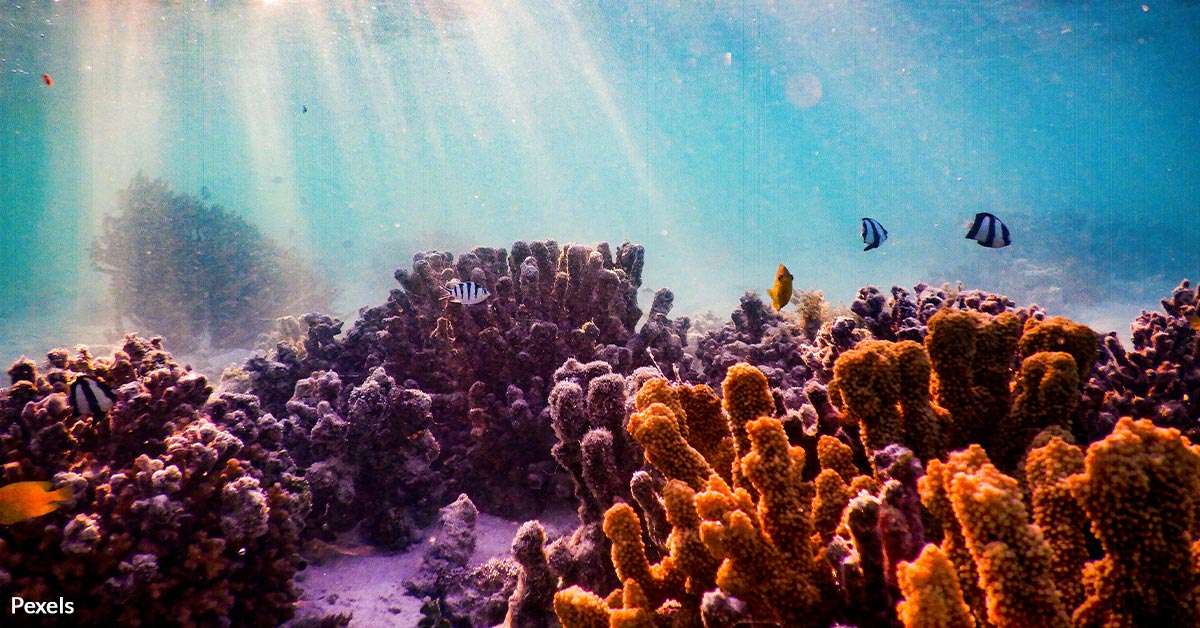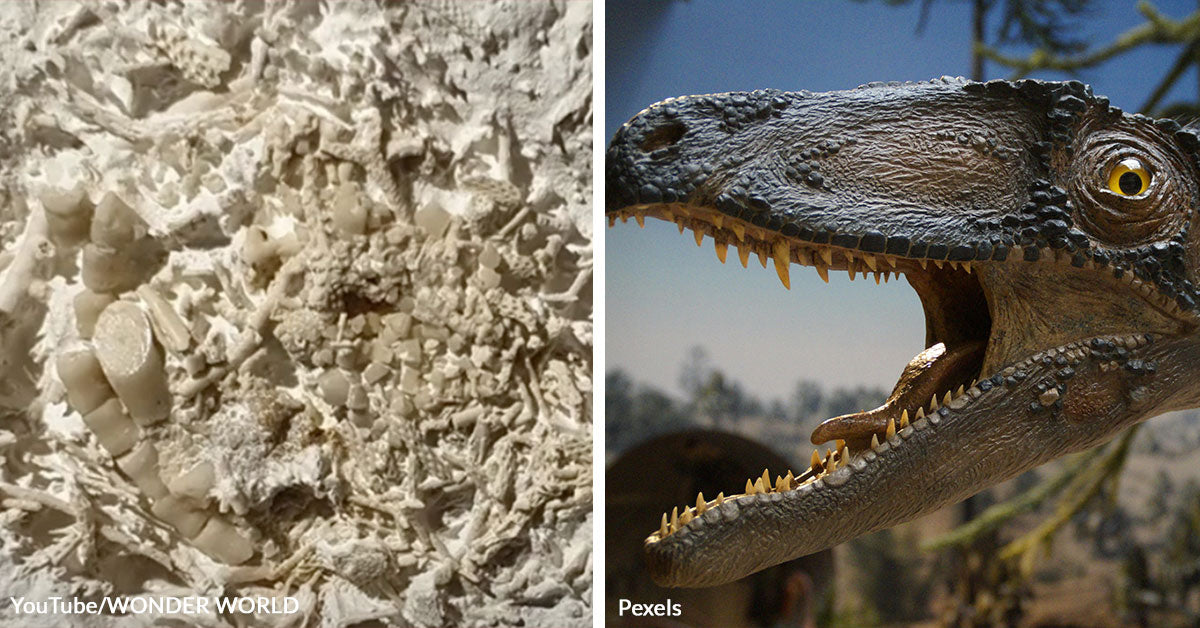What If An Asteroid Hit The Ocean? Cosmic Collision Might Spark Unexpected Marine Reactions
When a meteorite plunges into the ocean, it doesn’t trigger the towering tsunamis seen in blockbuster movies. Instead, the impact sets off a chain reaction of intricate, localized effects. Brief but violent splashes mix with atmospheric shockwaves, causing the sea to respond in both predictable and unexpected ways.
Recent studies from various sources have helped piece together a clearer picture of these events.
The first stage of impact happens at the water’s surface. High-speed asteroids disintegrate upon contact, creating a powerful explosion that carves out a temporary cavity in the ocean. This impact can send water shooting high into the air.
Simulations reveal that the vaporization of both the asteroid and large volumes of water generates a high-pressure shockwave that moves through both the atmosphere and the ocean, ScienceDirect reports. While this shockwave is intense, it’s also fleeting, dispersing its energy rapidly. In fact, only a small fraction of the asteroid’s kinetic energy is converted into an actual wave.

Photo: Pexels
Asteroid impacts vaporize water instantly.
Localized Waves and Atmospheric Effects
Unlike earthquake-triggered tsunamis, asteroid impacts generate waves with a different behavior. At the point of impact, water can surge hundreds of meters high, but these waves lose energy quickly as they spread outward. Computer models reveal that the forceful jet of water lifts vapor and creates a "splash curtain," according to research published in Small Bodies in the Solar System. These effects remain highly localized and rarely evolve into massive, basin-wide tsunamis unless the impact happens near a continental shelf.
While Hollywood might depict an asteroid impact swallowing entire coastlines, real-world simulations show that ocean impacts create ripples that dissipate fairly quickly. The kinetic energy disperses in multiple directions, significantly reducing the impact’s reach. One study estimates that only about one percent of an asteroid’s kinetic energy is actually transferred into a tsunami wave, Space.com reports.
In other words, these waves are powerful but short-lived. They’re more like ripples from a stone tossed into a pond—strong enough to affect marine life and nearby coastal structures, but unlikely to disrupt an entire ocean basin.

Photo: Pexels
A high-energy water jet bursts upward when an asteroid strikes the ocean.
Heat, Vapor, and Climate Feedbacks
The immense heat generated by an asteroid impact leads to the rapid vaporization of seawater. This sudden injection of water vapor into the atmosphere can have short-term effects on weather and even influence climate patterns. According to recent computer simulations, an impact could release hundreds of millions of tons of water vapor into the stratosphere, altering atmospheric conditions for weeks or even months, reports The Brighter Side.
Interestingly, while the blast can damage coastal ecosystems, certain marine areas may experience an unexpected benefit. Dust and iron-rich particles from the impact could fertilize the ocean, triggering phytoplankton blooms that boost marine productivity.

Photo: Pexels
Only a small fraction of energy is needed to create waves.
Seafloor Scars and Ancient Impact Clues
Some evidence of past asteroid strikes lies hidden beneath the ocean floor. Underwater impact craters, like one recently discovered in the North Atlantic, serve as silent reminders of these violent encounters.
High-resolution seismic surveys have uncovered craters with raised rims and central peaks—distinctive signs of powerful impacts, reports Astrobiology. These craters provide valuable insights into the long-term effects of asteroid collisions. While large impacts may temporarily wipe out marine life in the surrounding area, they can also spread vital nutrients across the ocean floor, supporting new cycles of biological growth.

Photo: Pexels
The ocean absorbs much of the impact energy from an asteroid.
Realistic Models vs. Hollywood Hype
Modern simulations challenge the exaggerated portrayals of ocean impacts in films. Experts from Los Alamos National Laboratory emphasize that the physics of a water impact differ drastically from cinematic dramatizations. The waves generated tend to be dispersive, meaning they lose energy quickly rather than forming massive, coast-devouring tsunamis, Space.com reports.
This knowledge provides some reassurance. If a medium-sized asteroid were on a collision course with Earth, intentionally diverting it into the ocean could help mitigate widespread destruction. While local marine disturbances would occur, the overall damage would be far less severe than if the asteroid struck land.
Each study adds another piece to the puzzle. High-resolution simulations help predict how waves form and how energy transfers upon impact. Climate models assess the atmospheric effects of vaporized seawater. Geological surveys uncover hidden impact sites beneath the ocean. Together, these findings provide a comprehensive understanding of what happens when an asteroid meets the sea.
Although the ocean can absorb much of an asteroid’s energy through rapid dispersion and vaporization, localized impacts can still cause significant disruption. The balance between destruction and renewal in marine environments is delicate. Gaining a deeper understanding of these events is crucial for improving our preparedness for potential future impacts.



































































































































































































